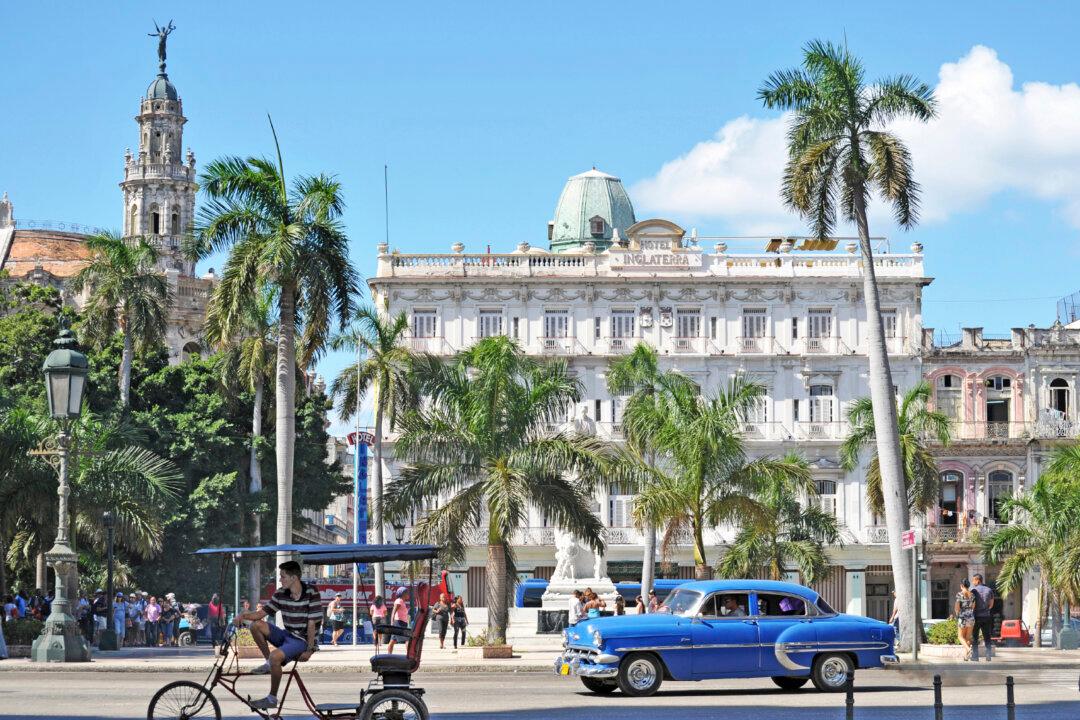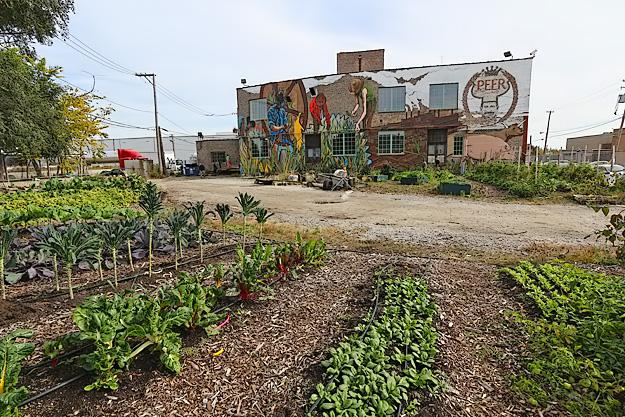I had no plans to visit the city of Syracuse when I headed for Sicily. I wanted to experience the Good Friday Procession in Taormina, and perhaps take a tour to the top of Mount Etna, but as for other destinations, I'd figure it out along the way, as usual. Sure enough, on the train from Naples to Sicily I met a couple of women who were on their way to Siracusa, as they called it. Both had emigrated to the United States many years ago and spoke perfect English, but they had been born and raised in Syracuse and were traveling back home to visit family. For half an hour they spun tales about the gorgeous Baroque churches, ancient Greek and Roman ruins, fresh markets, and mouthwatering food in their home town. I was hooked!

Piazza Pancali and Temple of Apollo on Ortygia Island in Syracuse, Sicily Barbara Weibel, Hole in the Donut Travel





